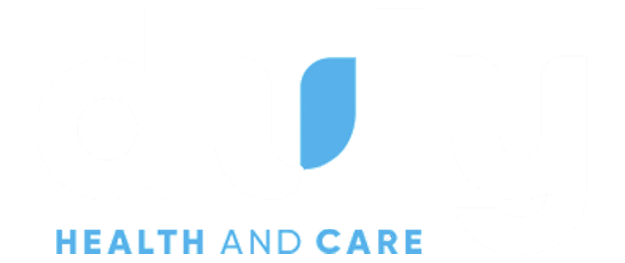About Muscle Spasms
Muscle spasms are a common complaint involving a pain, tightness, or spasmodic activity. The causes for these spasms are numerous, and can be relatively benign such as in the case of inadequate stretching, or more serious in the cases of toxic or metabolic syndromes. Recurrence, severity, and distribution are the best indicators of more severe conditions. Common causes include muscle injury, overexertion, and electrolyte imbalances.
One of the most common presentations, especially in runners, is in the gastrocnemius and soleus muscles of the calf. This spasm is colloquially termed a “charlie horse” and is a great example of the more typical sudden and significant but transient pain. Recurrent episodes may suggest underlying pathologies, and can present in any muscle of the body. Treatment for more moderate to severe cases can help to reduce incidence and severity of those episodes.



About Muscle Spasms
Muscle spasms are a common complaint involving a pain, tightness, or spasmodic activity. The causes for these spasms are numerous, and can be relatively benign such as in the case of inadequate stretching, or more serious in the cases of toxic or metabolic syndromes. Recurrence, severity, and distribution are the best indicators of more severe conditions. Common causes include muscle injury, overexertion, and electrolyte imbalances.



One of the most common presentations, especially in runners, is in the gastrocnemius and soleus muscles of the calf. This spasm is colloquially termed a “charlie horse” and is a great example of the more typical sudden and significant but transient pain. Recurrent episodes may suggest underlying pathologies, and can present in any muscle of the body. Treatment for more moderate to severe cases can help to reduce incidence and severity of those episodes.
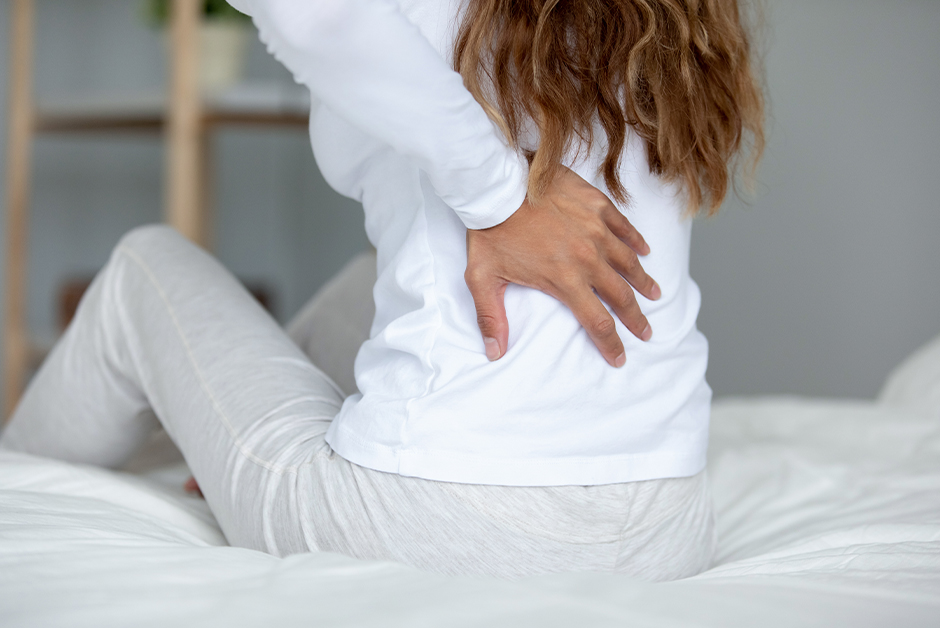


Can muscle spasms be dangerous?
In most cases, muscle spasms are little cause for concern, and are a transient event that should resolve spontaneously. In some cases, though, muscle spasms may be indicative of a more severe underlying condition, and can prove dangerous in those cases.



Can muscle spasms be dangerous?
In most cases, muscle spasms are little cause for concern, and are a transient event that should resolve spontaneously. In some cases, though, muscle spasms may be indicative of a more severe underlying condition, and can prove dangerous in those cases.
How are muscle spasms managed?
Muscle spasms can be managed with a number of practices, including good nutrition and sleep hygiene, exercise, stretching, and reduction of stress levels.
![dr ronjon paul md (1020x681px) - how is [condition] managed? https://paulspine.com/wp-content/uploads/2021/01/dr-ronjon-paul-md-1020x681px-how-is-condition-managed.jpg](https://paulspine.com/wp-content/uploads/2021/01/Dr-Ronjon-Paul-MD-1020x681px-How-is-condition-managed.jpg)
![dr ronjon paul md (1020x681px) - how is [condition] managed? https://paulspine.com/wp-content/uploads/2021/01/dr-ronjon-paul-md-1020x681px-how-is-condition-managed.jpg](https://paulspine.com/wp-content/uploads/2021/01/Dr-Ronjon-Paul-MD-1020x681px-How-is-condition-managed.jpg)
![dr ronjon paul md (1020x681px) - how is [condition] managed? https://paulspine.com/wp-content/uploads/2021/01/dr-ronjon-paul-md-1020x681px-how-is-condition-managed.jpg](https://paulspine.com/wp-content/uploads/2021/01/Dr-Ronjon-Paul-MD-1020x681px-How-is-condition-managed.jpg)
![dr ronjon paul md (1020x681px) - how is [condition] managed? https://paulspine.com/wp-content/uploads/2021/01/dr-ronjon-paul-md-1020x681px-how-is-condition-managed.jpg](https://paulspine.com/wp-content/uploads/2021/01/Dr-Ronjon-Paul-MD-1020x681px-How-is-condition-managed.jpg)
![dr ronjon paul md (1020x681px) - how is [condition] managed? https://paulspine.com/wp-content/uploads/2021/01/dr-ronjon-paul-md-1020x681px-how-is-condition-managed.jpg](https://paulspine.com/wp-content/uploads/2021/01/Dr-Ronjon-Paul-MD-1020x681px-How-is-condition-managed.jpg)
![dr ronjon paul md (1020x681px) - how is [condition] managed? https://paulspine.com/wp-content/uploads/2021/01/dr-ronjon-paul-md-1020x681px-how-is-condition-managed.jpg](https://paulspine.com/wp-content/uploads/2021/01/Dr-Ronjon-Paul-MD-1020x681px-How-is-condition-managed.jpg)
How are muscle spasms managed?
Muscle spasms can be managed with a number of practices, including good nutrition and sleep hygiene, exercise, stretching, and reduction of stress levels.
![dr ronjon paul md (1020x681px) - how is [condition] diagnosed? https://paulspine.com/wp-content/uploads/2021/01/dr-ronjon-paul-md-1020x681px-how-is-condition-diagnosed.jpg](https://paulspine.com/wp-content/uploads/2021/01/Dr-Ronjon-Paul-MD-1020x681px-How-is-condition-diagnosed.jpg)
![dr ronjon paul md (1020x681px) - how is [condition] diagnosed? https://paulspine.com/wp-content/uploads/2021/01/dr-ronjon-paul-md-1020x681px-how-is-condition-diagnosed.jpg](https://paulspine.com/wp-content/uploads/2021/01/Dr-Ronjon-Paul-MD-1020x681px-How-is-condition-diagnosed.jpg)
![dr ronjon paul md (1020x681px) - how is [condition] diagnosed? https://paulspine.com/wp-content/uploads/2021/01/dr-ronjon-paul-md-1020x681px-how-is-condition-diagnosed.jpg](https://paulspine.com/wp-content/uploads/2021/01/Dr-Ronjon-Paul-MD-1020x681px-How-is-condition-diagnosed.jpg)
How are muscle spasms diagnosed?
Muscle spasms can typically be diagnosed by physical examination and patient history alone. In some cases, nerve conduction studies may be performed to evaluate skeletal muscle function.
![dr ronjon paul md (1020x681px) - how is [condition] diagnosed? https://paulspine.com/wp-content/uploads/2021/01/dr-ronjon-paul-md-1020x681px-how-is-condition-diagnosed.jpg](https://paulspine.com/wp-content/uploads/2021/01/Dr-Ronjon-Paul-MD-1020x681px-How-is-condition-diagnosed.jpg)
![dr ronjon paul md (1020x681px) - how is [condition] diagnosed? https://paulspine.com/wp-content/uploads/2021/01/dr-ronjon-paul-md-1020x681px-how-is-condition-diagnosed.jpg](https://paulspine.com/wp-content/uploads/2021/01/Dr-Ronjon-Paul-MD-1020x681px-How-is-condition-diagnosed.jpg)
![dr ronjon paul md (1020x681px) - how is [condition] diagnosed? https://paulspine.com/wp-content/uploads/2021/01/dr-ronjon-paul-md-1020x681px-how-is-condition-diagnosed.jpg](https://paulspine.com/wp-content/uploads/2021/01/Dr-Ronjon-Paul-MD-1020x681px-How-is-condition-diagnosed.jpg)
How are muscle spasms diagnosed?
Muscle spasms can typically be diagnosed by physical examination and patient history alone. In some cases, nerve conduction studies may be performed to evaluate skeletal muscle function.




